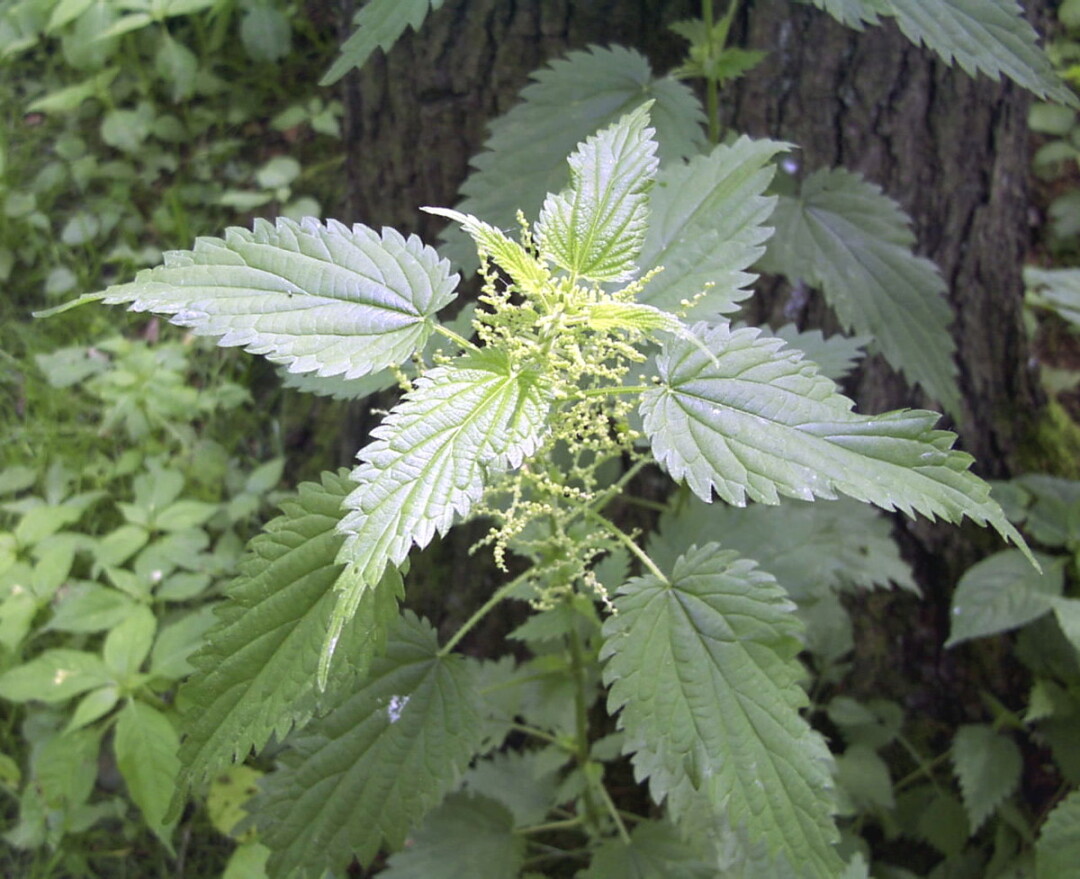Learn to Spot 4 Poisonous Plants Before You Hike
‘Leaflets three, let it be’ and other valuable insight that will keep you from itching up a storm as you enjoy the outdoors
The Chippewa Valley is full of parks, hiking trails, rolling fields, and enchanting forests, so it’s no wonder that we love to get out there and play. But not everything in our picturesque landscape is our friend, and it’s important to know what to avoid when you’re convening with nature.
WILD PARSNIP
Other names: Bird’s Nest, Hart’s Eye, and Madnip
How to identify: This plant is commonly found in roadside ditches and grasslands. The plant, in its younger stages, will produce a rosette of large leaves that look like celery leaves. As it ages, it will grow to 3 to 5 feet tall and produce flowers. The flowers are arranged in clusters and have five small, yellow petals.
The danger: Mild exposure will produce red areas on the skin that feel sunburned. In more serious cases, the skin first turns red and blisters. If the sap gets on your skin and is exposed to sunlight, it is possible to suffer severe blistering that usually forms within 24 to 48 hours of exposure. The scars from the more severe burns can last for months or even years.
What to do if exposed: Wash with soap and water as quickly as possible. Cool, wet clothes can be applied to help relieve the burning sensation.
STINGING NETTLE
Other name: Burning Nettle
How to identify: This plant is routinely found in the fertile soil of barnyards and fencerows. The plant itself grows to heights of 2 to 7 feet and the dark green leaves range from 3 to 6 inches long. The leaves have saw-toothed edges and are covered with stinging hairs.
The danger: As the name indicates, exposure to this plant can cause welts, skin inflammation, and a burning sensation. The burning will begin almost immediately as the hairs act like tiny needles that inject chemicals into the skin.
What to do if exposed: Use tape or tweezers to remove the hairs from the skin. Cooling creams, lotions, and anti-itch topical medications usually will sooth the symptoms soon after application.
POISON IVY
Other names: Poison Creeper and Three-Leafed Ivy
How to identify: Leaflets three, let it be! The leaves of this plant are divided into three leaflets, which may vary in size, shape, and appearance. Some leaves have a slightly toothed edged while others are smooth. Flowers are a greenish yellow and they produce a yellowish-white berry with stripes that make them resemble a peeled orange.
The danger: Poison ivy causes dermatitis in the form of skin irritation (read: wicked itch) and blisters that eventually turn into scabs. Symptoms usually occur within 24 hours of exposure.
What to do if exposed: Wash the area as soon as possible with soap and water. While pharmacies have a wide range of products available should a rash develop, simple home remedies can include a bath in baking soda, a poultice made from an apple cider vinegar-soaked paper bag, or applying banana peels or cucumbers to sooth the rash.
POISON SUMAC
Other names: Poison Dogwood, Poison Ash, Poison Elder, and Swamp Sumac
How to identify: This plant grows as a shrub or tree, ranges from 5 to 25 feet high, and is usually found in swamps. Poison Sumac has greenish-white berries similar to those of poison ivy, and the leaves turn orange-red in the fall.
The danger: Contact with the plant causes blisters to form within 24 hours.
What to do if exposed: Wash the area with soap and water as soon as possible. If blisters develop, soak in a cool oatmeal or baking soda bath. You can purchase Dome-Boro tablets over the counter at most pharmacies, which can be mixed with pint of water. The solution is then used to create compresses that can be applied to the affected area.
























